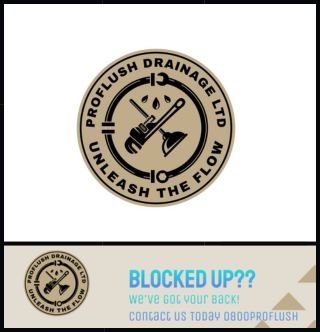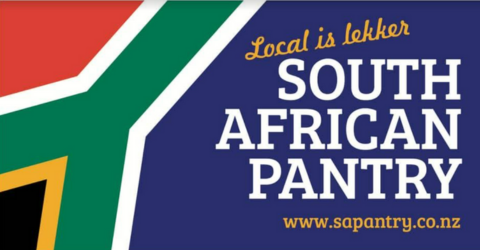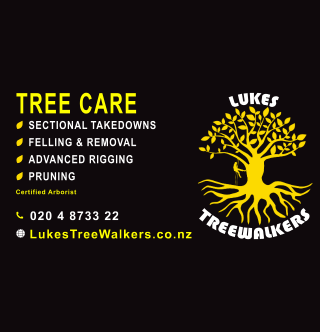Kāpiti’s Waikanae River, has been chosen by the Department of Conservation (DOC) as a priority river catchment for restoration from mountains to sea.
The announcement was made at a hui at the Otaihanga Boating Club where community, iwi, councils and agencies had gathered to develop a collaborative vision for the river’s restoration.
The river catchments work is part of the Government’s significant commitment to, and expenditure on, conservation. It will be funded from the $76 million released over four years to DOC to slow the decline in New Zealand’s biodiversity.
Conservation Minister Eugenie Sage sent a personal message to the community hui saying her Department fully supports a vision of restoring Waikanae River from mountains to sea, i te maunga ki te moana.
The work will build on DOC’s national experience of freshwater site-based restoration through programmes like Arawai Kakariki and Living Water, she says.
“Those programmes have shown the importance of working collaboratively to develop clear restoration visions and actions, and getting work happening on the ground in a way that is underpinned by sound science.”
“The Minister says DOC will bring to the table operational and technical staff and resources to help achieve that vision collaboratively with iwi, Greater Wellington Regional Council, Kāpiti Coast District Council and the Waikanae community.
DOC has a freshwater stretch goal to restore 50 freshwater ecosystems from mountains to the sea. This will increase the Department’s contribution to freshwater ecosystem restoration across New Zealand.
Waikanae River was selected from a national shortlist that ranked priority river catchments.
Jack Mace, DOC Operations Manager for Kāpiti-Wellington district says Waikanae River represents a real opportunity for catchment-wide restoration, thanks to the existing work of community, iwi and agencies.
“The Waikanae River has high freshwater biodiversity values. It also ranks highly in other areas such as restoration potential, involvement of external partners, connectivity between marine and freshwater, and opportunities for delivering on DOC’s treaty obligations,” says Mr Mace.

























